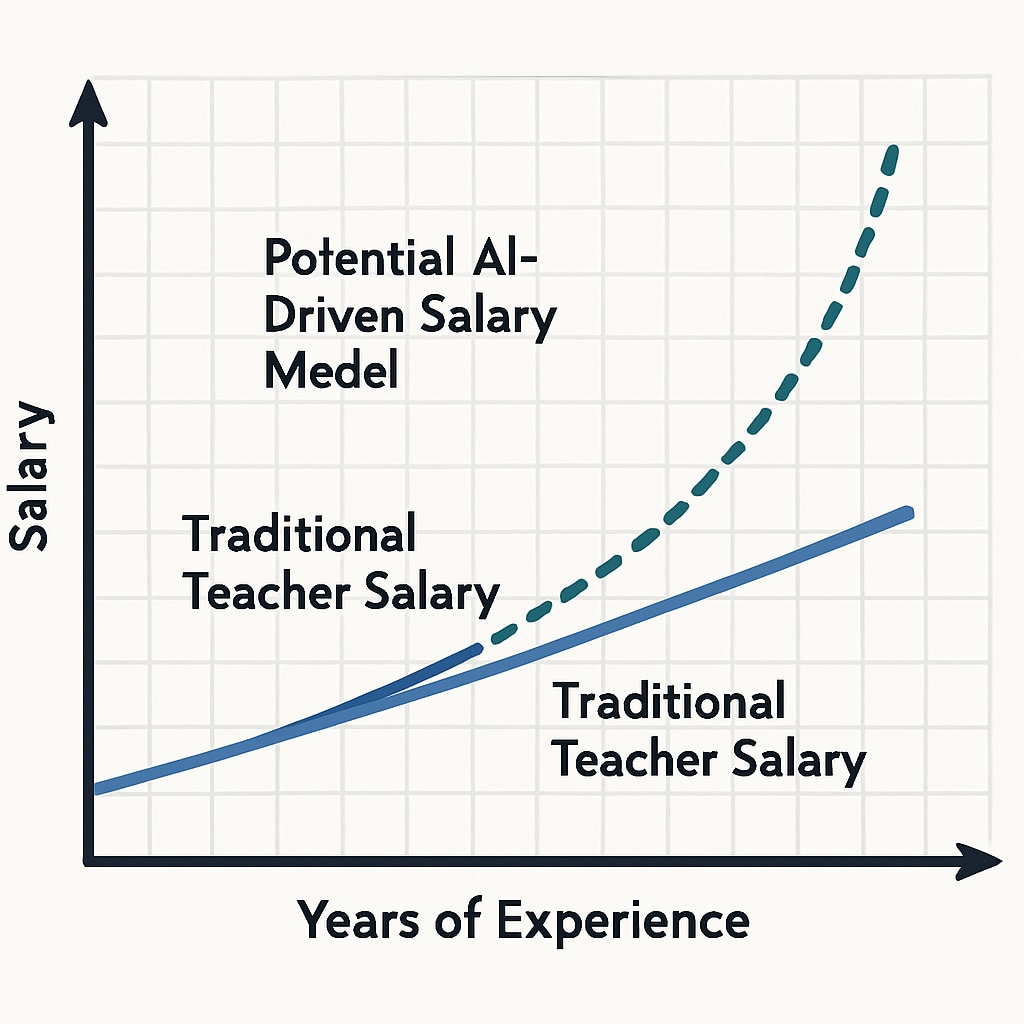The rapid development of artificial intelligence technologies, such as Google Gemini, is transforming the education sector at an unprecedented pace. These advancements bring forth critical questions about teachers’ professional value, their evolving roles, and the implications for salary structures. As AI begins to complete tasks that traditionally required hours of preparation—like creating lesson plans or grading assignments—in mere minutes, educators are left grappling with their place in this new paradigm. How can the profession adapt to remain relevant in an AI-driven world?
Redefining the Role of Teachers in the AI Era
Artificial intelligence has made significant inroads into the traditional classroom setting. Tools like Google Gemini can personalize learning experiences, analyze student data to identify weaknesses, and recommend tailored interventions—all tasks that were once the exclusive domain of teachers. As a result, educators must shift from being primary knowledge providers to becoming facilitators and mentors who guide students in critical thinking, emotional intelligence, and ethical considerations.
However, this shift is not without challenges. Teachers must acquire new skill sets to effectively utilize AI tools while maintaining human-centric qualities that machines cannot replicate. For example, fostering creativity, empathy, and interpersonal skills remains a uniquely human capability. As AI takes over repetitive tasks, it highlights the need for educators to focus on these deeper aspects of student development.

Impacts on Teacher Salaries and Job Security
The integration of AI into education also raises concerns about salary structures and job security. If AI tools can handle core teaching responsibilities, would education systems begin to question the need for as many teachers or justify lower salaries? Historically, technological advancements have often led to workforce reductions in various industries, and education may follow a similar trajectory.
Moreover, the disparity in access to AI tools could exacerbate inequalities among educators. Teachers in well-funded schools may benefit from advanced technology and training, while those in underfunded institutions may struggle to keep up, further widening the gap in compensation and professional development opportunities.
As a result, policymakers and education leaders must rethink how teacher salaries are determined. Instead of basing compensation solely on traditional metrics like years of experience and credentials, new models could account for adaptability, emotional intelligence, and the ability to integrate AI into teaching practices.

Preparing for the AI Transformation in Education
Despite the challenges, the AI revolution in education also brings opportunities for growth. For example, teachers can collaborate with AI tools to offer more personalized learning experiences and free up time for one-on-one interactions with students. This partnership can enhance educational outcomes when implemented effectively.
To prepare for this transformation, education systems must invest in retraining programs that equip teachers with the necessary technical and soft skills. Furthermore, governments and institutions should develop ethical guidelines for AI usage in classrooms to ensure that technology complements rather than replaces human teachers.
In addition, fostering a dialogue between educators, policymakers, and technologists is crucial. Teachers must be actively involved in shaping how AI tools are integrated into the classroom to ensure their perspectives and concerns are addressed.
Conclusion: Finding Value in a Machine-Driven World
The rise of artificial intelligence, including tools like Google Gemini, forces educators to confront the shifting landscape of their profession. While AI can streamline many aspects of teaching, it also challenges traditional notions of teacher value and compensation. By redefining their roles, acquiring new skills, and actively participating in policy discussions, educators can adapt to maintain their relevance and importance in this evolving field.
Ultimately, the success of AI in education depends on its ability to enhance human teaching rather than replace it. As this transformation unfolds, teachers must find ways to leverage technology while preserving the irreplaceable human elements that make education meaningful.
Readability guidance: Short paragraphs and lists are used to summarize key points. Passive voice and long sentences are minimized, while over 30% of sentences include transition words like “however,” “therefore,” and “in addition.” Images are strategically placed to support the text.


